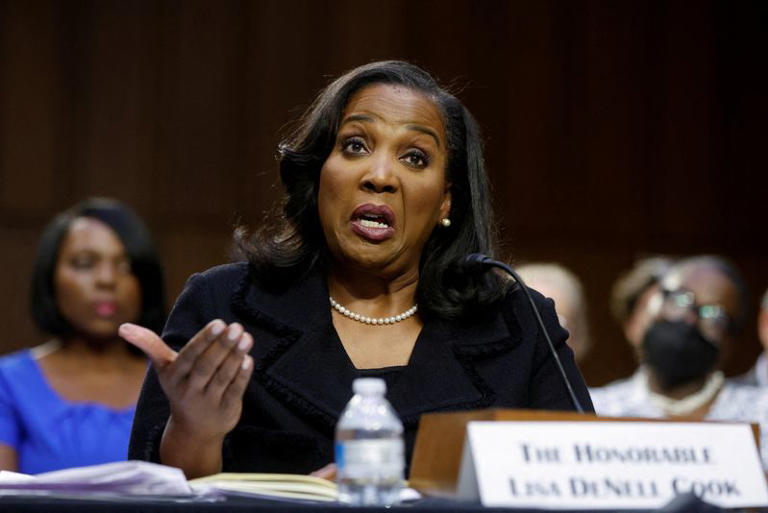Federal Reserve Governor Lisa Cook recently offered an insightful perspective on the current state and future trajectory of the U.S. economy, presenting a cautiously optimistic outlook centered around the concept of a “soft landing.” This term refers to a scenario where economic growth moderates smoothly, avoiding a sharp downturn into recessionary territory. Cook’s remarks, delivered at an economics conference in Australia, underscored several key economic indicators and their implications for monetary policy moving forward.
Central to Cook’s assessment was the Federal Reserve’s preferred measure of inflation, which she noted had recently registered at 2.6%. While this figure exceeds the Fed’s 2% target, it represents a notable decline from previous peaks. Coupled with an unemployment rate of 4.1%, these metrics indicate a balance in the economy—moderate inflation alongside a strong labor market.
Cook highlighted the rarity of achieving a soft landing in economic history, emphasizing that successful instances typically involve easing monetary policy when inflation is near its target and economic growth remains stable. In the current context, she pointed out that inflation has been on a downward trajectory, suggesting that the Federal Reserve’s approach thus far has been effective in managing price pressures without stifling economic activity.
The labor market, another crucial indicator, has shown resilience despite signs of cooling. While job creation has moderated, the unemployment rate remains low by historical standards, indicating continued strength in the employment sector. This resilience is pivotal in supporting consumer spending, a key driver of economic growth.
Looking ahead, Cook emphasized the importance of timing in monetary policy decisions. She stressed that the Federal Reserve must navigate carefully to sustain economic momentum while guarding against potential risks such as inflationary pressures or economic overheating. This strategic balancing act underscores the Fed’s dual mandate to promote maximum employment and stable prices.
The Federal Reserve’s upcoming policy meeting, scheduled for July 30-31, is expected to be pivotal. Market participants anticipate discussions on potential rate cuts, with a view toward supporting economic growth while ensuring that inflation remains in check. Cook’s remarks provide a framework for understanding the Fed’s approach, suggesting that any policy adjustments will be guided by data-driven analysis and a commitment to economic stability.
In conclusion, Cook’s assessment offers a measured yet hopeful outlook on the U.S. economy. Her focus on achieving a soft landing reflects a careful consideration of economic indicators and their implications for monetary policy. As the Federal Reserve prepares for its next meeting, the markets will closely monitor incoming data to gauge the trajectory of interest rates and their potential impact on economic conditions. Cook’s insights underscore the complexities facing central bankers as they navigate a dynamic economic landscape, aiming to sustain growth while managing risks effectively.
